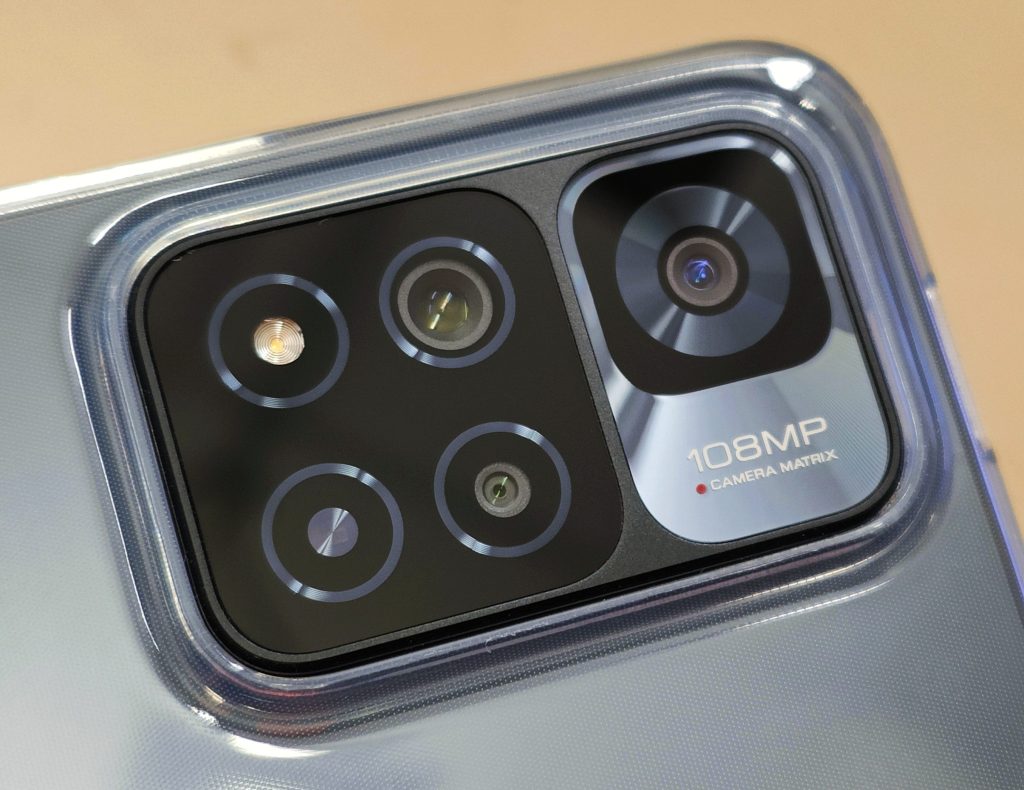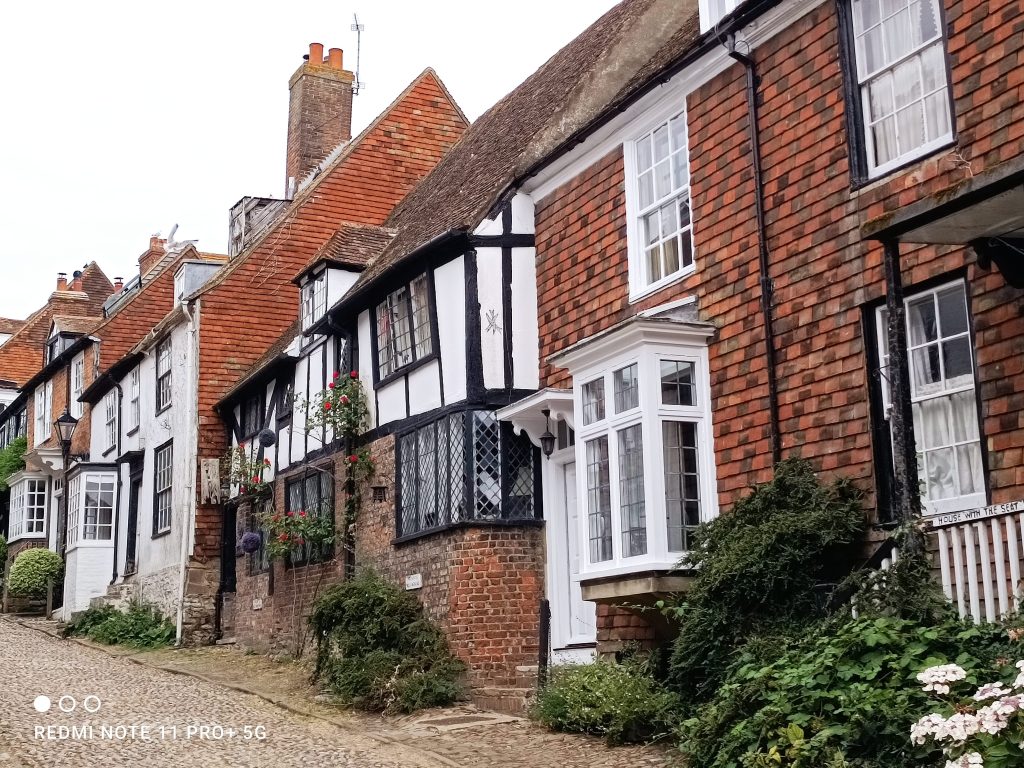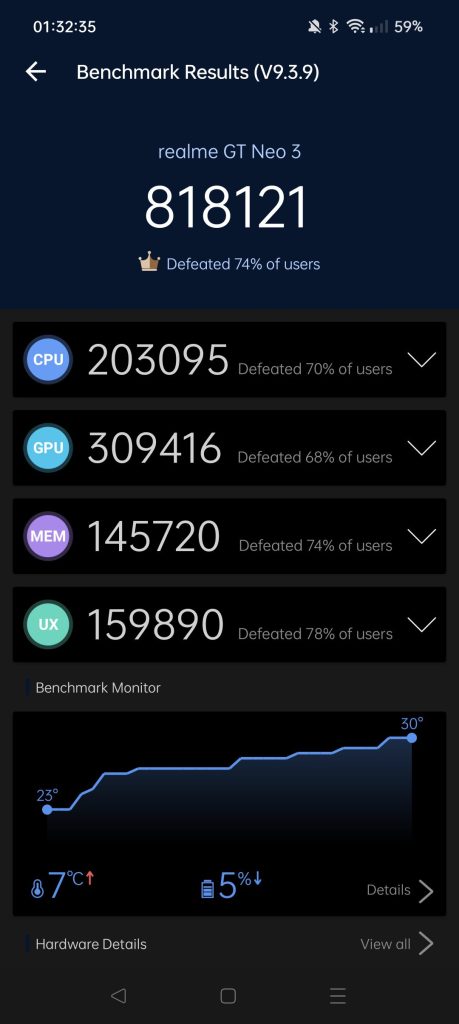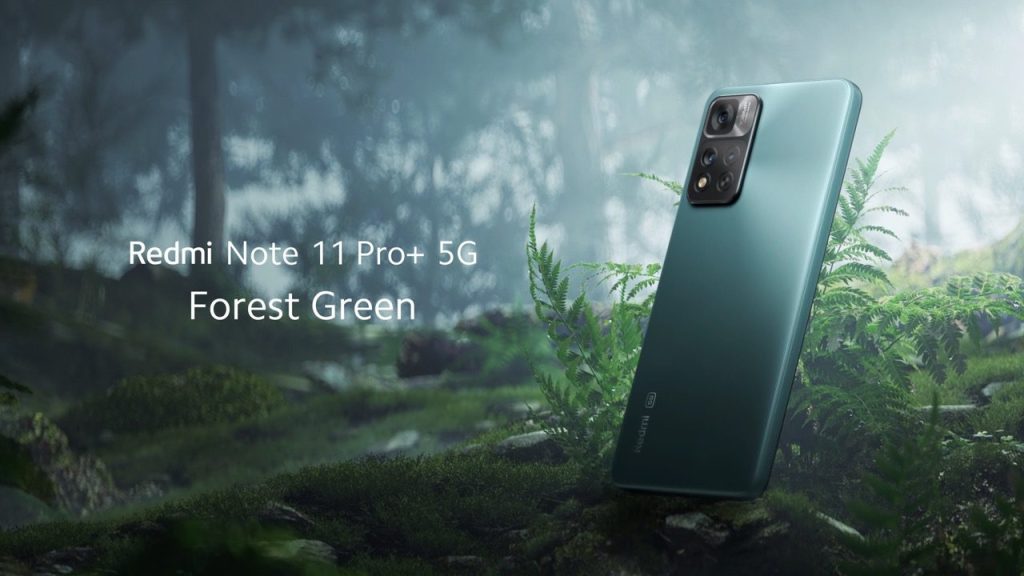
Redmi Note 11 Pro+ 5G Review: The fast-charging, high-megapixel, huge-screened, stereo-sounding powerhouse for under £330
Redmi Note 11 Pro+ 5G
£329-399Pros
- Very little compromise on features for such an affordable phone
- Great primary camera
- Stunning visuals from large, bright, display
- Exceptional charging speed for pricepoint
Cons
- Two of the three rear cameras are average at best
- Lower overall CPU/GPU performance compared to some other phones at same price
Just like the Realme phones I’ve reviewed recently, Xiaomi’s sub-brand Redmi is also gunning for phone customers looking for more value in these challenging times.

In the case of the Redmi Note 11 Pro+ 5G, the company is offering users a great balance between performance and value, bringing high-end features to the savvy consumer who no longer wants to drop a grand on a new phone.
The standout features of the Redmi Note 11 Pro+ 5G is the 108-megapixel primary camera, as well as an incredibly fast 120W charging speed for the internal 4,500mAh battery.
There’s also an extremely large display, stereo sound and dual 5G connectivity.
Where Redmi has helped save on cost is the use of MediaTek’s Dimensity 920 SoC, a chipset that has already been used in the Realme 9 Pro+ to great effect.
It’s not going to set the world alight in terms of performance, but if you’re not massively into gaming then it’s quite probably the one thing you’ll be happy to compromise on, as long as everything else is up to scratch.
And as you’ll learn in the review – the phone offers a lot for a phone starting at as little as £329 (the official retail price starts at £369 but Xiaomi runs regular promotions and offers, so it will rarely take long to find it at a discount on the official store).

Design & Build
There’s more than a little resemblance to Apple’s latest iPhone range with the boxy, hard-edged, design of the Redmi Note 11 Pro+, but when it comes to the camera design on the back – Redmi has really done a great job of making this phone look like it has a far better camera setup than it does.
That’s not to say the camera performance is bad (you’ll see more on the camera capabilities later on), but at first glance you’d be excused for thinking there are five individual cameras on the back. In reality, the phone actually comes with just three (four, if you include the front camera). One of the fake lenses is a LED flash, and to the right of that is a dummy lens. Yes, it’s just there for show.
However, I’m willing to keep quiet if you are.
On the right-hand side is where most things are happening, with the volume keys and a combined power button with fingerprint reader. At the base is a USB-C port and one of the two speakers on the phone. The second speaker is found at the top, and the audio is tuned with JBL – with support for Dolby Atmos.
While a side-mounted fingerprint sensor is often considered a cheap option, it’s also preferred by many users for its speed and accuracy.
You’ll even find a headphone socket at the top, as well as an Infrared transmitter that means you can use the phone to control other items around the home, including appliances like air conditioners that I’m sure everyone wishes they had right now.
Oh, and did I mention there’s even IP53 dust and splash resistance?
For the money, there’s an awful lot going on inside this phone.
There’s one more thing that seems a rarity these days, just like a headphone socket, and that’s expandable memory. With a base of 128GB fixed storage, you can add a further 512GB via microSDXC card in this phone – another plus.

Display
With a low price, there’s got to be an expectation of some sort of cost-cutting – but there’s no obvious sign of that going on when it comes to the screen.
At 6.67-inches, it’s a great size for media consumption, and it is nice and bright too with a peak brightness level of 1200 nits. The 1080×2400 pixel resolution is ample, with a 60Hz or 120Hz refresh rate, as well as HDR10 support.
There’s no LTPO tech here, so you won’t get a variable refresh rate option, which is pretty much the only omission. It’s not going to matter that much day-to-day.

Camera
The camera is where things get interesting. Sure, Redmi has perhaps been a little cheeky in trying to make it look like there are more cameras than there are, but the most important thing is the overall quality.
As you can see from the photos taken below, the primary camera is fantastic and captures colours brilliantly, with plenty of contrast and a nicely controlled exposure with auto HDR. It’s a sensor that has been used to great effect in previous (and more expensive) Xiaomi phones, and with so many pixels you can also enjoy a realistic level of zoom without losing detail (the camera app has steps in 2x increments, and both 2x and 4x work well – with quality tailing off once you reach 6x or jump to 10x).

Where the compromises start to show is for the other two cameras, from a rather basic 8-megapixel ultra-wide camera to the pretty much pointless 2-megapixel macro camera. Redmi could have easily gone with just two cameras and perhaps used the money saved on the macro sensor for a better ultra-wide sensor.
Video recording also tops out at just 30fps in 4K mode, and comes with quite a lot of audio clipping in noisy environments.
The front-facing selfie camera, at 16-megapixels, performed extremely well and won’t disappoint anyone wanting to add to their IG stories.
Photo Gallery








































Performance & Battery
MediaTek’s Dimensity 920 chip is a mid-range processor with a highly capable GPU, that won’t compete at the high-end, nor does it try to.
It is more than enough to ensure a smooth phone usage experience, and the side-mounted fingerprint sensor with its quick unlocking only goes to further boost the overall user experience.
With an AnTuTu (v9) score of 487,012 you can see it holds its own, with the graphically intensive benchmarks still looking respectable. You can still play some powerful games on a casual basis without tearing your hair out.
Battery life is always another beneficiary of less powerful hardware, although the brightness of the display can make quite the dent in the screen-on-time. Besides offering 5-6 hours of SoT with mostly indoor use (brightness mid-level), the phone comes with 120W charging support that can quickly get back to maximum in no time (well, circa 22 minutes to be more accurate).
Assuming your usage is more modest, it will easily last a full day and then some.
It might have been preferable to have more than just 4,500mAh (many rivals now offer up 4,800-5,000mAh) but it’s probably being overly picky given you are getting a phone for under £350 and it comes with such a fast charger included in the box.
It’s worth noting that the Realme GT Neo 3 with its 150W charging tech also comes with a 4,500mAh battery – and costs £599!

Dimensity 920

Snapdragon 870

Dimensity 8100
The Note 11 Pro+ 5G comes with MIUI 13, built on Android 12, and Android 13 will likely arrive this side of Christmas once Google rolls it out in the autumn. MIUI may not a familiar UI to everyone, but you can see more about the Xiaomi/Redmi custom skin in my Xiaomi Mi 11 and Xiaomi 11T review.
There are some elements inspired by iOS that not everyone will love, but you can in most cases opt to switch between the customised layouts and a more native and familiar Android look and feel.

Overall
Like so many phone makers these days, the Redmi Note 11 Pro+ 5G is just one of a number of models in a series – and there are four models to choose from here.
At the top is the phone reviewed here, and beneath that you will find a standard Note 11 Pro 5G (using a Snapdragon 695 chip, and dropping to 67W charging, but costing just £10 less – so there’s really no point considering this – unless the 120W model goes up in price again), a 4G-only Note 11 Pro at £209, and a 4G-only Note 11 at £169, which comes with a much more basic spec and inferior camera.
I wouldn’t recommend a 4G only phone at this point in time. Even if you don’t have 5G available yet, it will be continually rolling out nationwide and 5G brings more than just speed improvements. Like 4G, there will be new spectrum that improves coverage (especially indoors) which you will want to have access to.
The only real limitation of this phone over other models is the lesser powered processor, but if you’re not into gaming (or other unlikely tasks like editing videos shot on the phone), you’ve really got nothing to worry about. The phone is never going to lag, and the cheapest 6GB+128GB model will perform just as well as the 8GB RAM model that costs £30-70 more (depending on the current promotion).
The memory expandability is a great bonus, although with fast Wi-Fi and 5G connectivity, anyone using the cloud for storing content will probably be fine with 128GB – a level I consider to be the ‘sweet spot’ for onboard storage in almost all usage cases.
For gaining a great screen, loud sound, a brilliant primary camera, and exceptionally fast battery charging, Redmi’s Note 11 Pro+ 5G is amazing value for money.
Pricing and Availability
- 6GB+128GB £329 (down from £369 at time of publishing)
- 8GB+128GB £399
Key Specifications
| Realme GT Neo 3T (80W) | |
| Size/Weight | 163.7 x 76.2 x 8.3mm 204g |
| Screen | 6.67-inch AMOLED FHD+ 1080×2400 pixels 120Hz refresh rate HDR10 Corning Gorilla Glass 5 |
| Audio | Dolby Atmos Stereo Sound Tuning by JBL |
| Chipset | MediaTek Dimensity 920 (6nm) Octo-core, Max freq 2.5GHz Mali-G68 MC4 GPU |
| RAM | 6GB or 8GB |
| Storage | 128GB UFS 2.2 |
| Camera (front) | Punch-hole 16MP Fixed Focus (f/2.5) Video: 1080p 30/60fps with EIS |
| Camera (rear) | Primary: 108MP (f/1.9) Ultra-wide: 8MP (f/2.2) 120 degree FoV Macro: 2MP (f/2.4) Video: 4K/30 Primary Camera |
| Connectivity | Dual band Wi-Fi 6 (802.11ax) 5G NR (SA & NSA) Sub 6 4G+ with VoLTE, ViLTE and VoWiFi Bluetooth 5.2 NFC USB-C |
| Battery | 4,500mAh 120W fast-charging |
| Other | Protective case Factory fitted screen protector Dual SIM (Dual Standby) 120W Power Supply in box |
| Price | £329-£399 |




